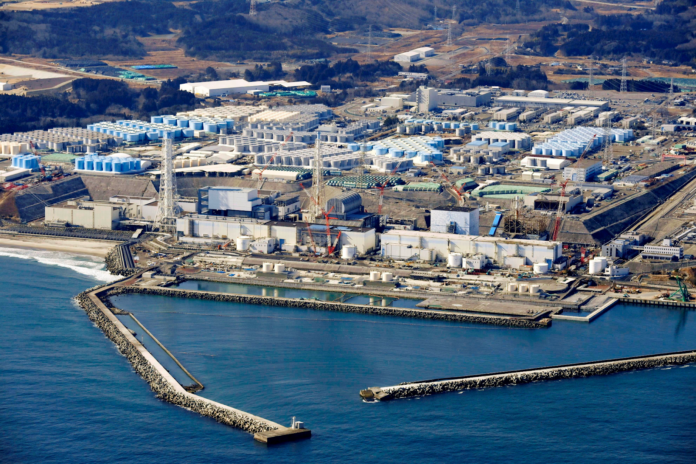Emma Wu
The Fukushima nuclear plant in Japan was approved for a plan of gradually releasing wastewater into the ocean for what is predicted to be a span of around 30 years. With the go-ahead from the International Atomic Energy Agency (IAEA), Japan has had its first release of wastewater, with three more installments to go, this plan is estimated to conclude in March 2024.
The background behind this story goes back to 2011. With the earthquake and tsunamis of 2011 hitting Japan, the Fukushima nuclear plant was wrecked, leaving behind overheated reactor cores. The power plant company, Tepco, has since been pumping vast amounts of water in to cool these reactor cores and allow for a safe decommission of the plant. However, this action produced around 1.3 million metric tons of wastewater that now need to be discharged. The tanks holding the wastewater are an environmental concern, with the danger of collapsing under natural disaster. Furthermore, the land holding the tanks is necessary for safely decommissioning the plant, leading to the necessity for wastewater discharge.
The water that is released is filtered and diluted to bring the radioactive waste concentration in the water below the safety limit placed by the IAEA. The main concern in regards to this issue is that not all radioactive waste could be removed from the water. One of the main components left in the water is tritium, a radioactive element of hydrogen. Tritium can be found in water all over the world, so the presence of the element is not the issue. The main problem is the amount of tritium in the water. The IAEA performed an independent analysis of the water discharged at Fukushima and found that the tritium concentration was “far below the operational limit of 1,500 becquerels per liter (Bq/L)”. The World Health Organization’s limit for the measure of radioactivity in drinking water is at 10,000 Bq/L. This analysis then shows that the limit found in Fukushima water is significantly below the limit for safe drinking water, leading to the general consensus from experts that the water release is safe.
However, in the end, we still cannot predict the impact that this water will have on the world, particularly in animal populations. At such levels of tritium concentration, fish populations are considered to be safe and will be unaffected. These species and populations are being closely monitored for severe decreases in population, alerting us to the health of the water. China, one of the biggest importers of Japanese seafood, has issued a long-standing ban on seafood from many prefects in Japan and increasing scrutiny of food imported from the unbanned ones. Many people are unsure and afraid of the effects that this radiation may have on their bodies. This unknown, coupled with the fear of radiation, leads to panic among people by the coasts and sea-related occupations. Many are unsure of whether their careers, as well as main sources of food and income will be affected. However, based on current scientific evidence and analyses, this plan for discharged water is still within healthy drinking water limits. The aftereffects are the main concern and they are still unpredictable, as of this moment.

